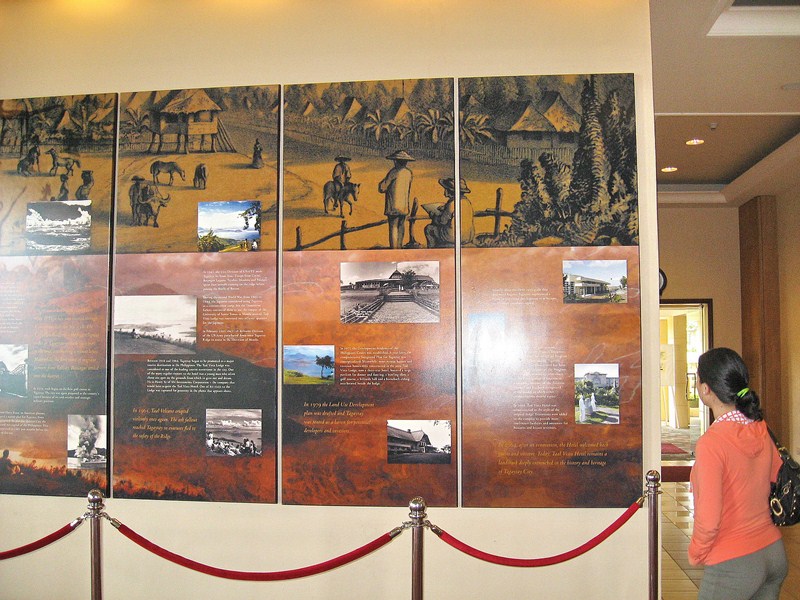I’ve already heard about Balesin Island, off the eastern coast of Luzon, since way back in high school from my classmate Anthony Tordesillas whose father, the late Board of Investment head Edgardo Tordesillas, owned the island. A chance encounter with Anthony after high school elicited an invitation to visit the island with him but, for reasons I can’t recall, wasn’t able to join him. After Anthony’s passing in 2012, I thought the opportunity to visit this now members-only, private leisure getaway, now called Balesin Island Club, has finally passed me by.
That is, until lately when my wife Grace and her boss Engr. Loy Ganzon (Chairman of the Board of E. Ganzon, Inc.) were invited to a wedding there as godparents. Jandy, Cheska, Bryan, Kyle and I gladly joined them.
The island’s name is a combination of two Filipino words – balete (local name for a banyan tree) and asin (local word for “salt”). Now Alphaland Corporation’s flagship project, Balesin Island Club is a 500-hectare, 5 km. long tropical island paradise with 7.3 kms. of pristine white-sand beaches. Around 10% of the island has been developed to create this award-winning luxury resort.
The island was titled as a single property in 1926 (although the name of the original owner is unknown). Immediately before and after World War II, the island was owned by the Pelejo and Jugueta families. In 1958, these families sold the island to the San Pablo Oil Company (now making Minola Cooking Oil) owned by 63 year old German expatriate and naturalized Filipino citizen Werner P. Schetelig. After Schetelig died in 1962, Felipe “Baby” Ysmael (of Ysmael Steel) then bought the island from San Pablo Oil Company.
In 1967, Edgardo Tordesillas, business executive and amateur pilot, acquired the island from Felipe and set about building tourism facilities on the island, first building cottages (to house his family and guests) and, later, a nipa-roofed clubhouse, swimming pool, tennis courts and a 9-hole golf course. He also planted thousands of trees as well as many kinds of ornamental plants. In 2011, Roberto V. Ongpin, Chairman of Alphaland Corporation (founded in 2007) acquired the island from the Tordedeillas family (Edgardo died in 2005) and developed Balesin Island Club.
Balesin, master-planned by EcoPlan of Miami, Florida, USA to optimize ecological sustainability, was meticulously designed to be in perfect harmony with its natural surroundings. With the enhancement of everything in its environment uppermost in their mind without scrimping on luxurious, top-notch facilities, Alphaland adapted the “Three Pillar Innovation” – People, Planet and Profit.
They reduced the amount of waste and ensured sustainable development via the island-wide rain water harvesting (runoff from the 1.5-km. airport runway provides over 100 million liters of water annually), 80% water recycling (for landscaping during the summer), a reverse osmosis plant, on-site eco-friendly transportation, organic farming, and alternative sources of energy.
The island’s coral reefs were also managed for diving and sustainable fishing. During the 14th United Nations World Tourism Organization Awards, the resort nabbed second-place for Innovation and Excellence in Tourism — the first in the history of the Philippines.
Our early morning journey to Balesin began at their cool, quiet and comfortable private terminal lounge at Alphaland Aviation Lounge in Manila, arriving there by 5 AM.
After checking in our luggage and relaxing at the lounge while waiting for our flight, we boarded our 68-seater ATR 72-100 and were soon on our way.
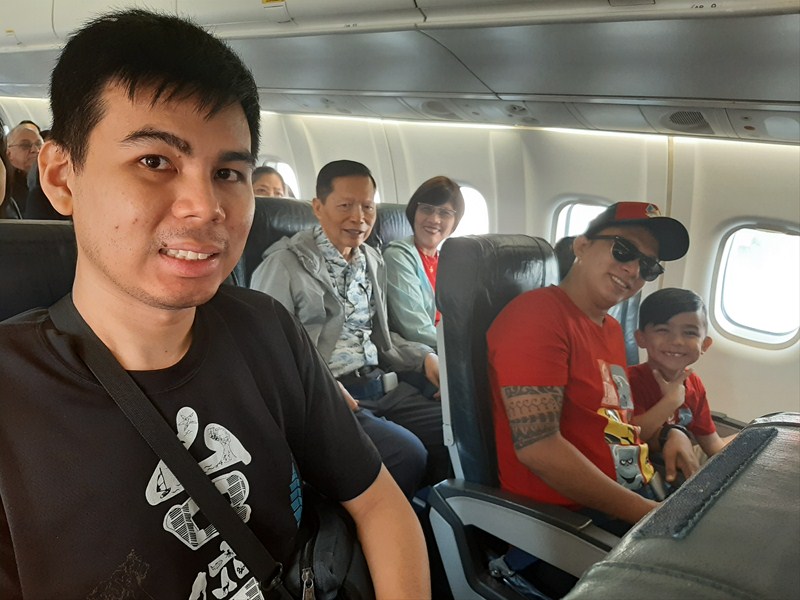
On board and on our way…. L-R: Jandy, Engr. Loy Ganzon (Chairman of the Board of E. Ganzon, Inc.), Ms. Mamel Yap (E.G.I.), Bryan and Kyle
Alphaland operates two of these jets plus one 19-seater British Aerospace Jetstream 32 and two 9-seater Cessna 208B Grand Caravans) and took off for the island just before 8 AM.
We arrived at the island’s aptly named E.L. Tordesillas Airport by 8:20 AM. At the Welcome Center, we were briefed by the staff on the island’s facilities and, after picking up our luggage, were brought to our respective villas via airconditioned vans. We stayed 2 nights at Phuket Village and another night at Costa del Sol. After checking in, we had a late breakfast at Balesin Sala in Balesin Village.
Check out “Resort Review: Balesin Island Club – Phuket Village” and “Resort Review: Balesin Island Club – Costa del Sol”
The beauty of the island was a world completely unto itself, with seven theme villages patterned and inspired from the most alluring, world-class luxury beach destinations where everything, from the architecture, interior design, landscaping and food, is authentically recreated – Balinese for Bali Village, Greek for Mykonos Village, French (Riviera) for St. Tropez Village, Spanish for Costa del Sol, Filipino at Balesin Village, Italian (Tuscany) at Toscana Village and Thai for Phuket Village.
Check out “Balesin Island Club – Bali Village,” “Balesin Island Club – Costa del Sol,” “Balesin Island Club – Mykonos Village,” “Balesin Island Club – St. Tropez Village,” “Balesin Island Club – Balesin Village” and “Balesin Island Club – Toscana Village”
The Clubhouse has a reception area, a cigar lounge where you can light up a fine cigar (Tabacalera Cigar Divan), gaming room (billiards, table tennis, a Wii console), a 600 sq.m. function area, a fully equipped conference room (for large gatherings and private meetings), seven 2-bedroom unit Clubhouse Suites, KTV rooms (Mike’s and Rannie’s), souvenir shop, music lounge, view deck, veranda, library, mahjong and poker room, internet gaming/business center, salon and barber shop, children’s indoor playroom, screening room, locker rooms, boutique and medical clinic.
It also has a number of bars (Lobby Bar, Coral Bar) and restaurants – Sakura Japanese Restaurant (for sushi and teppanyaki dishes), the Dining Room, Balesin Dining Room and Han Gang Restaurant plus private dining rooms (Michelle’s and Anna’s).
Outside are exquisitely designed swimming pools (adult and kiddie) and 3 whirlpools, bars and private beach cabanas. The Aquatic Sports Center offers waterskiing, kayaking, windsurfing, snorkeling, wakeboarding, scuba diving, stand-up paddle boarding, boat rentals, deep sea fishing, Hobie Cat sailing, Frisbees, volleyball and paraw sailing.
Docked offshore for sunset cruises is Balesin’s new super yacht, the M/Y Obsessions, a sleek, 130-foot, aluminum-hull vessel built by Heesen Yachts in the Netherlands. Its decadent interiors were designed by Ann Van Der Kamp and Diaship, using sumptuous materials from Gianni Versace’s luxury Italian label.
On our second day, after breakfast Jandy and I made a tour around the island. Aside from the airconditioned vans, jeepneys and buses, the resort also uses electric golf carts to go around the island to reduce its carbon footprints.
We visited the Ifugao Village where an entire community of Ifugao woodcarvers lived. The furniture on the island, both modern and traditional, was made by them and they also produce art pieces, sculpture as well as souvenir items for sale to visitors.
We also visited the Sports Center with its fully-equipped gym, badminton courts, basketball court, tennis courts, martial arts studio, airsoft target shooting range, soccer field, running track, rock climbing wall, table tennis and refreshment bars.
A fenced part of the jungle houses tactical formations for paintball and war games, a stable for Segways, and Knockerballs. There’s also horse riding stables, an archery range, golf driving range and putting green.
The island is also home to the Aegle Wellness Center, a state-of-the-art integrative health & wellness center nominated as Medi-Spa of the Year in the 2017 Asia Spa Awards. It is the only place in the Philippines, and among the few in Asia, that offers thalassotherapy, a medical treatment for weight loss and detoxification that makes use of the components of seawater.
On our third day, scheduled afternoon tour, this time via an airconditioned bus, took us around the island, visiting each of the aforementioned 7 themed villages.
We also visited the Family Picnic Grove and Organic Farm where seafood and organic produce, for the restaurants, are cultivated at specially made fish pens and greenhouses, respectively.
At the Aviary (a joint undertaking of Balesin Island Club and the Tobiano family), we had intimate encounters with some exotic birds.
These include blue and gold macaw (Ara ararauna), African grey parrot (Psittacus erithacus), Victoria crown pigeon (Goura victoria), scarlet macao (Ara macao), Indian blue peacock (Pavo cristatus), among others.
It is also home to a pair of African spurred tortoises (Centrochelys sulcata) and rabbits.
The open-aired Chapel across the latter, with amphitheater-like seating and wooden altar, was where the wedding took place. We also heard mass here.
The wedding reception was held at The Salon, the elegant function hall which accommodates up to 350 guests for sit-down banquets, at the majestic Balesin Royal Villa, facing Lamon Bay and its gorgeous sunset. It also has an a bar facility, a 10-person elevator for easy access to the upper and lower floors from
The Salon, state-of-the-art karaoke room as well as billiard and foosball tables. The ten 120 sq.m. Royal suites located on the ground floor, each have a terrace providing direct access to the 2 swimming pools (with jet bubblers and 4 sunning decks) and private, white-sand beach.
The four 317 sq.m. Maharlika suites, on the upper level, have their own living area, terrace, and outdoor jacuzzi. All Balesin Royal Villa suites have magnificent views of the sea, and accommodate up to 4 people each.
As we just stayed on the island for three days, we didn’t get to experience all the different cuisine the island had to offer but we did get to try breakfast at Balesin Sala (Balesin Village) and the Main Clubhouse (the centerpiece of the resort together with the state-of-the-art wellness facility), Spanish cuisine for lunch at Casa Grande (Costa del Sol) and, for dinner, Thai cuisine at Sawadee (Phuket Village) and Japanese cuisine at Sakura (Main Clubhouse).
Sakura, the club’s most popular restaurant, is located inside the main clubhouse. Led by chef Edo-san, it houses a teppanyaki counter and sushi bar, and serves everything from soba to tempura to prime steak. Favorites include the much sought-after popped rice starter with its poetic presentation, the Edo-san maki of eel, cream cheese, avocado, tobiko and topped with baked crab, the spider roll, sea bass with miso, beef usuyaki, and the beef and seafood teppanyaki with fried rice.
Balesin Island Club: Brgy. Balesin, Polillo 4339, Quezon.
Metro Manila Corporate Office: Alphaland Corporation, Alphaland Makati Place, 7232 Ayala Ave. Extn., 1209 Makati City, Metro Manila. Tel: +63.2.5337.2031 and +63.2.5337.2055 loc 271 to 274 (Reservations). Fax: +63.2.5338.1231, E-mail: info@alphaland.com.ph. Website: www.balesin.com.

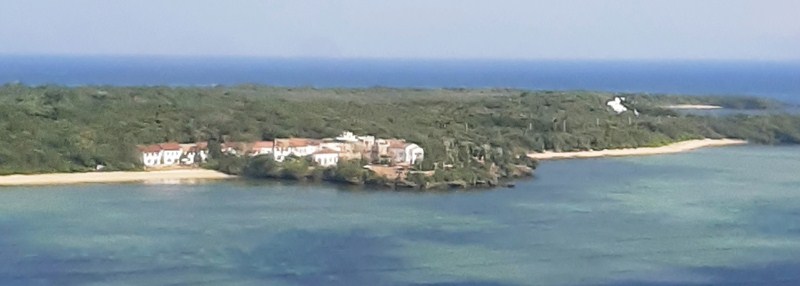

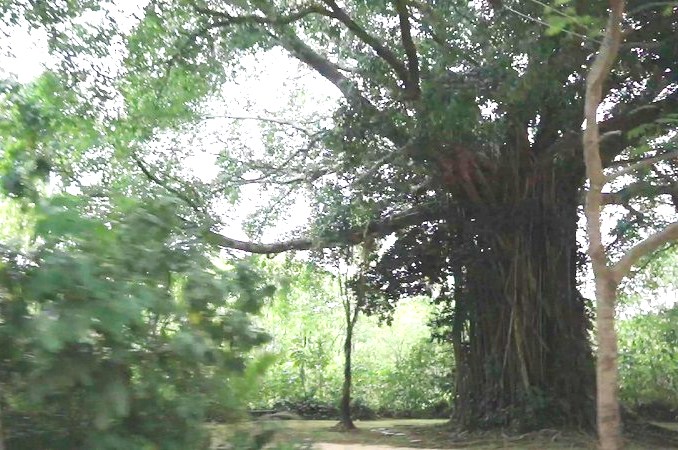
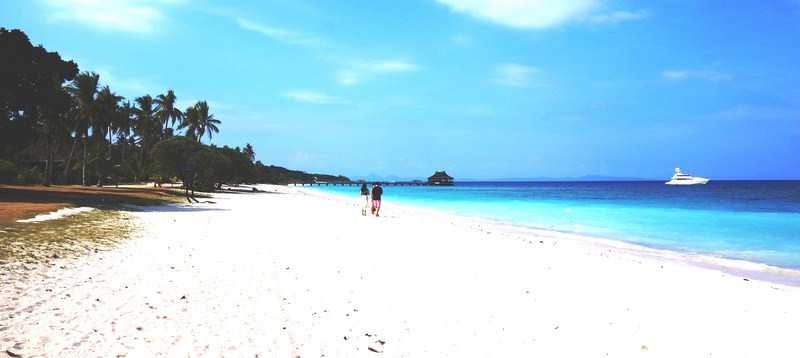
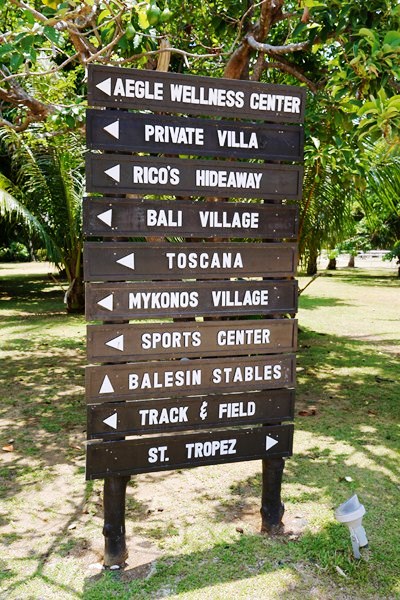

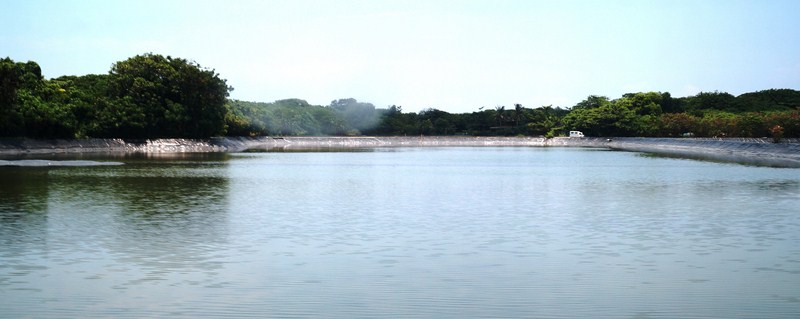
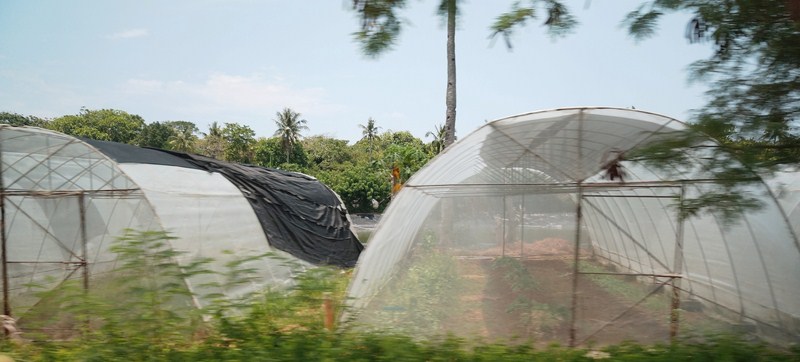
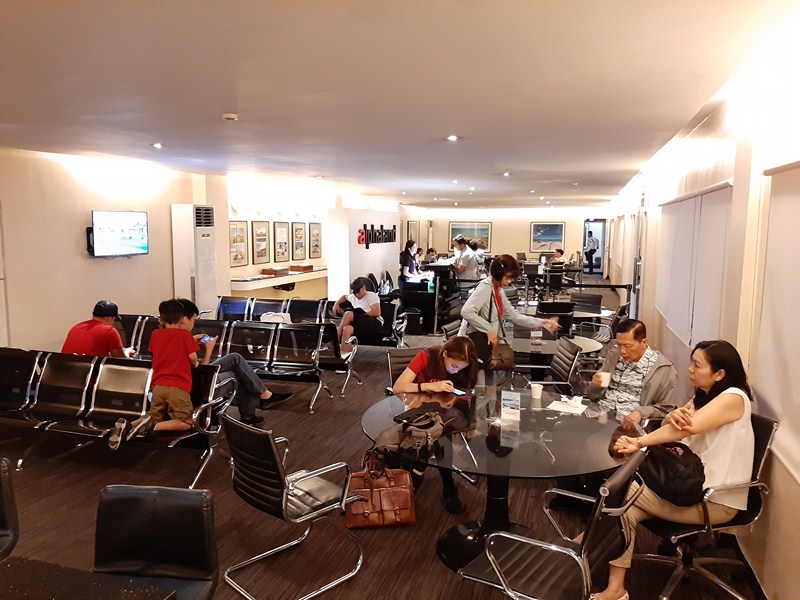
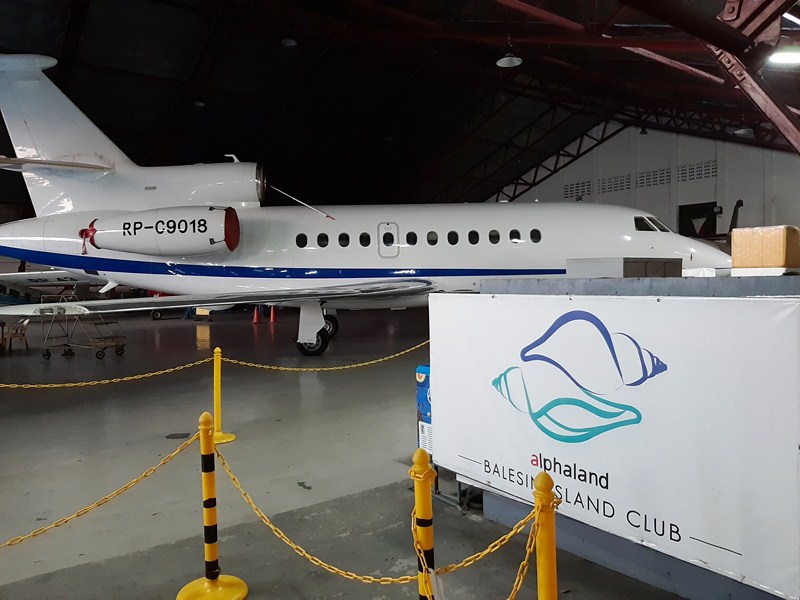
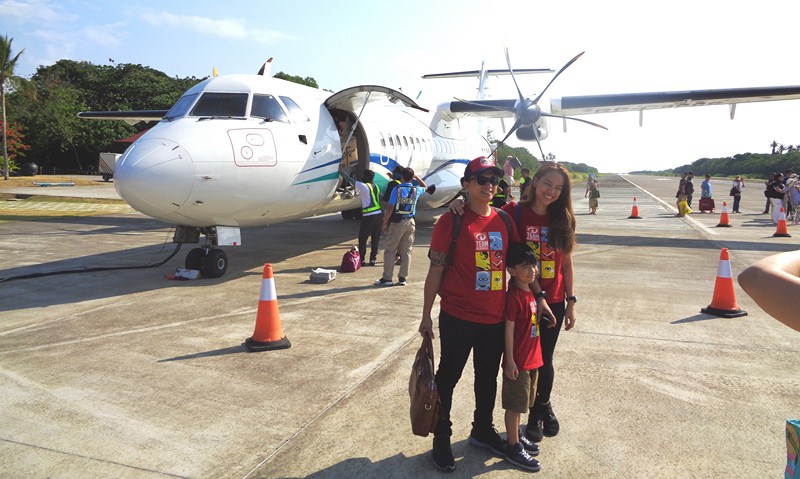
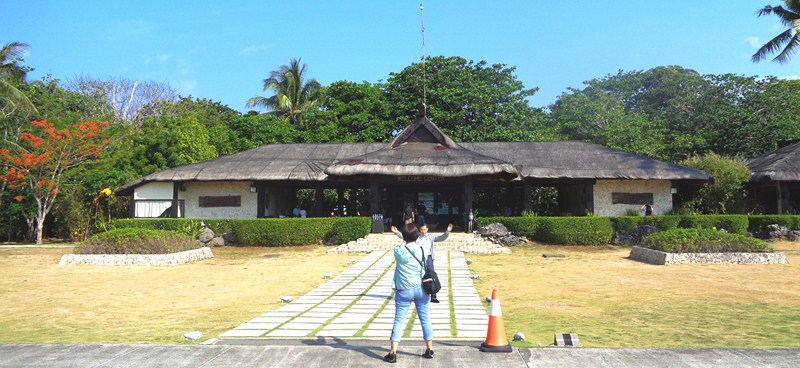
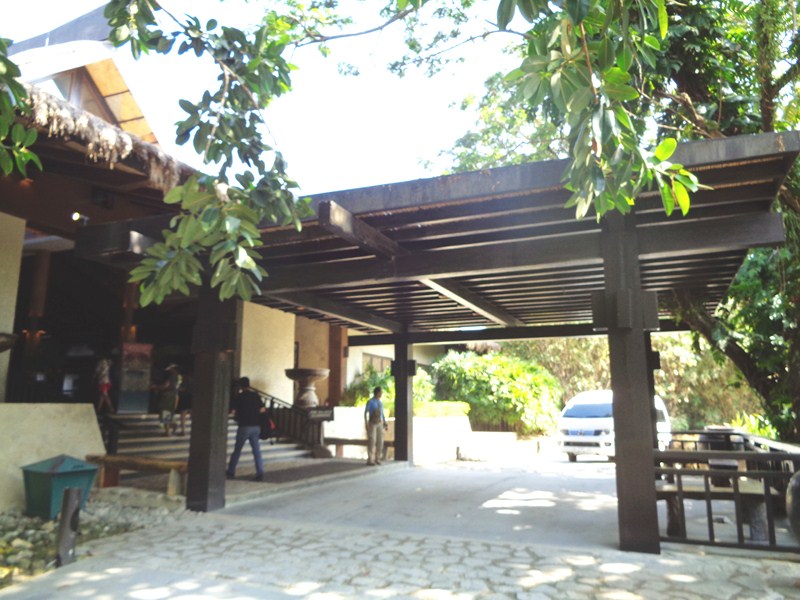
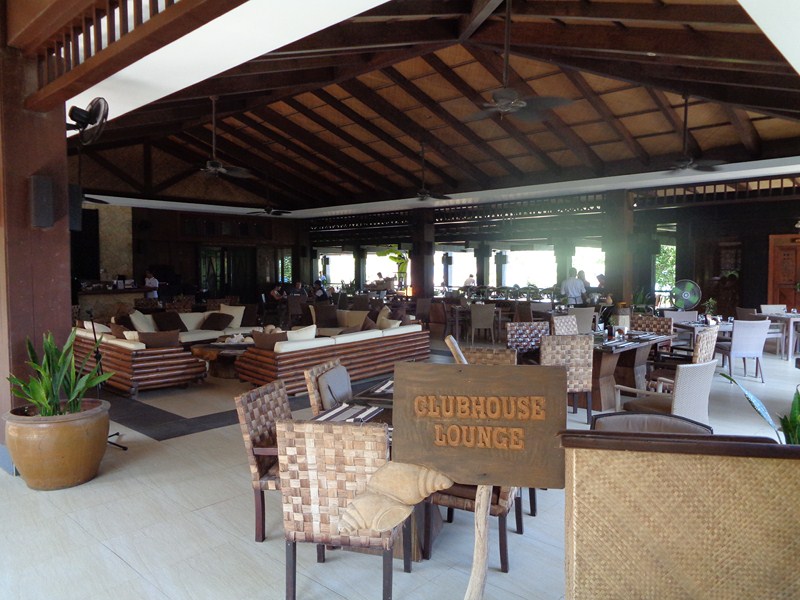
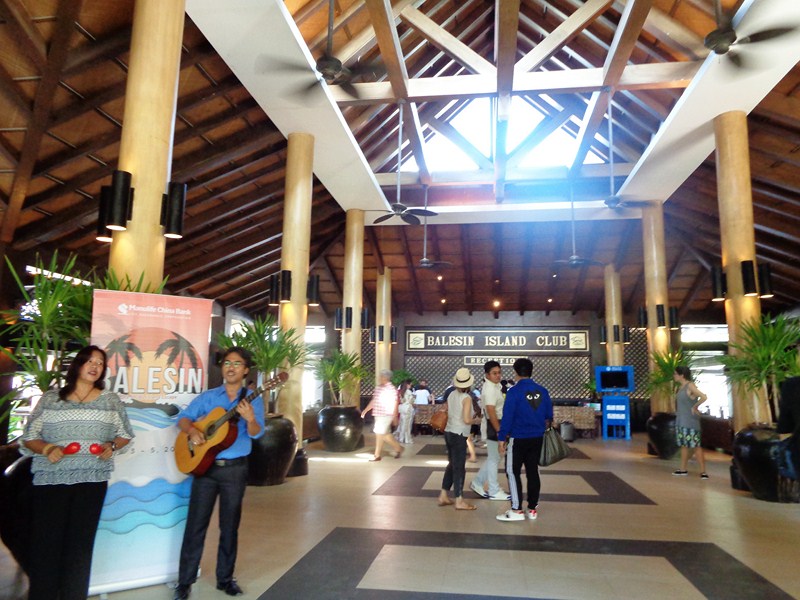

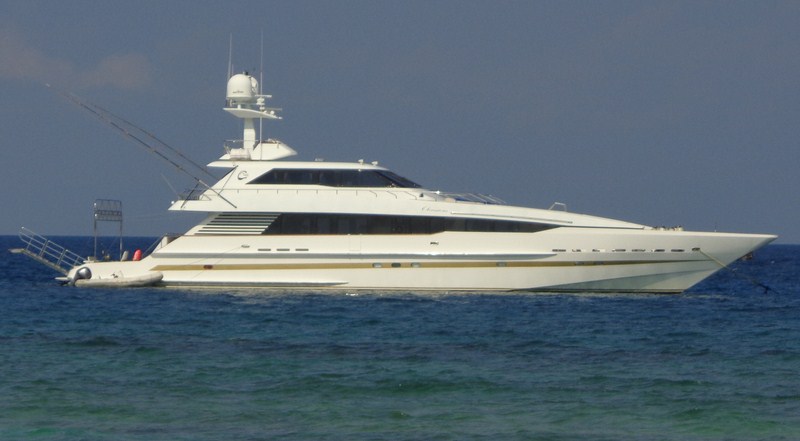
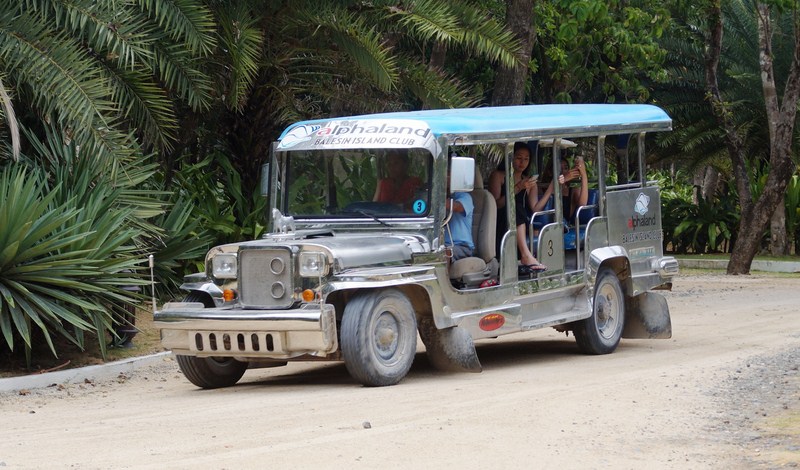
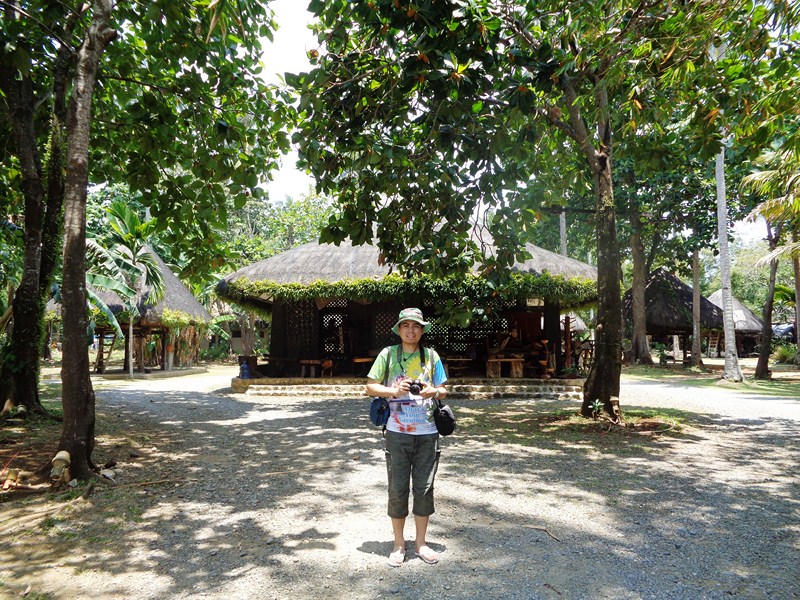
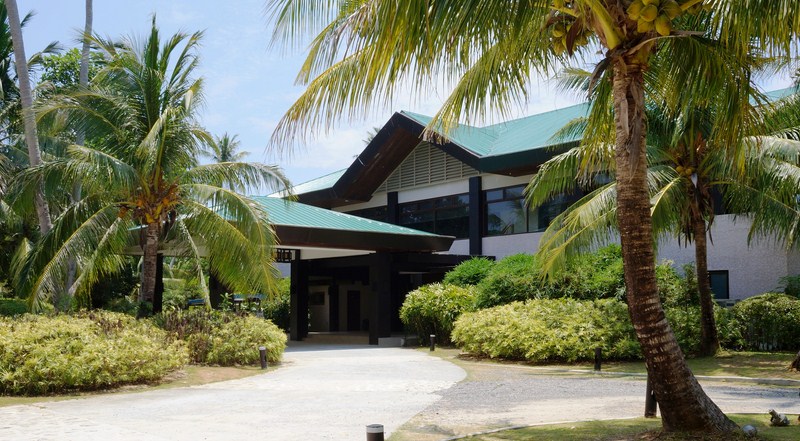
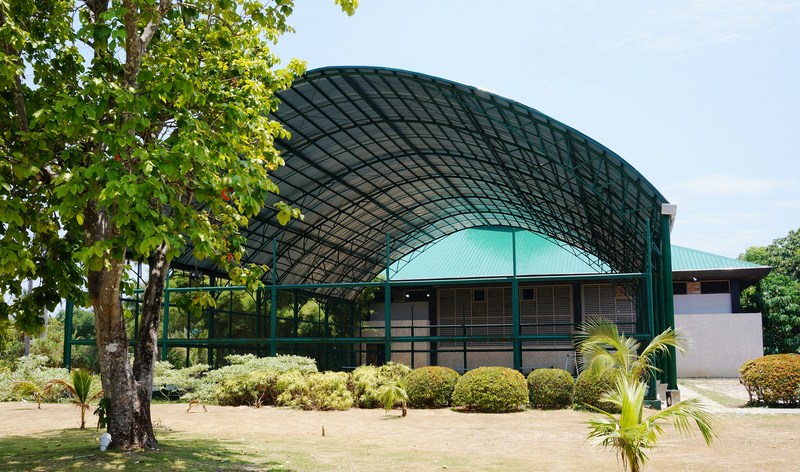
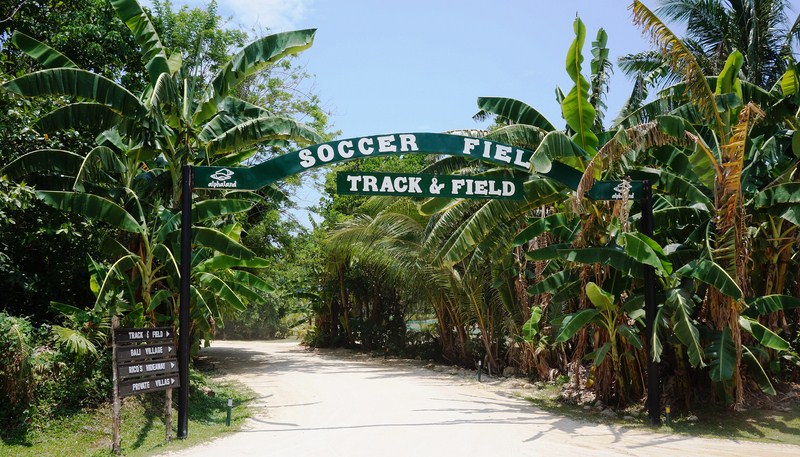

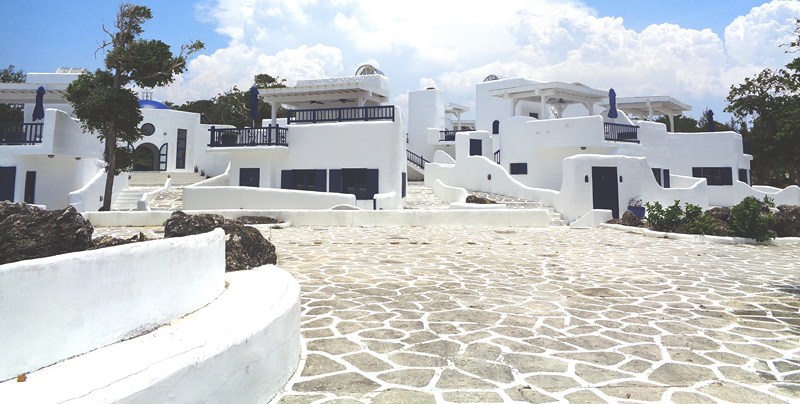
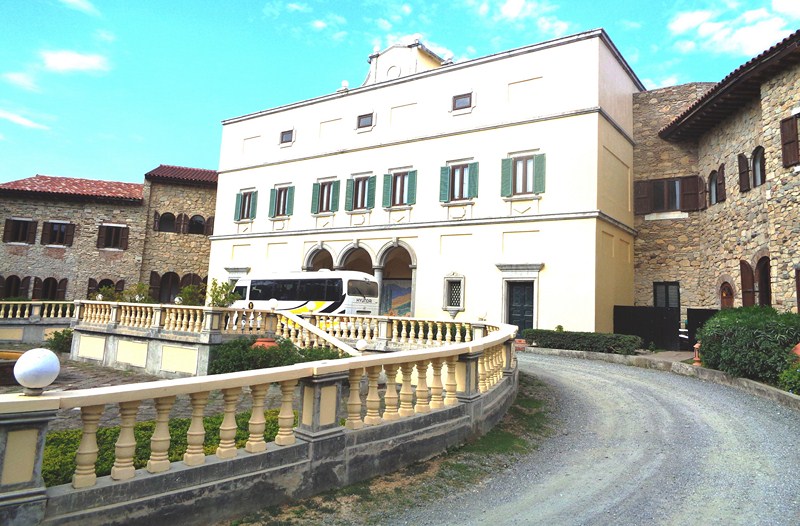
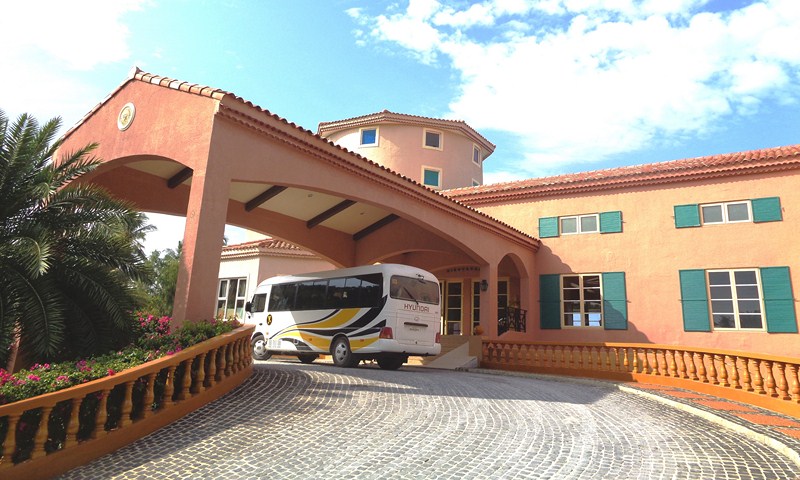

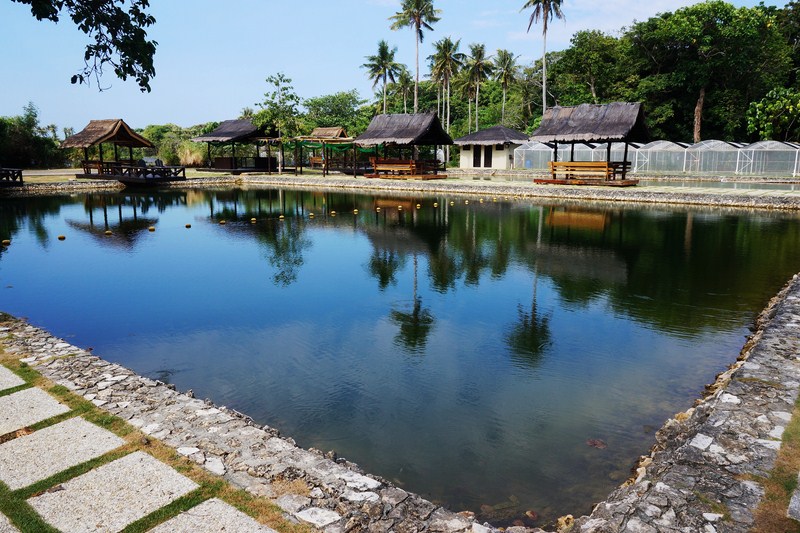
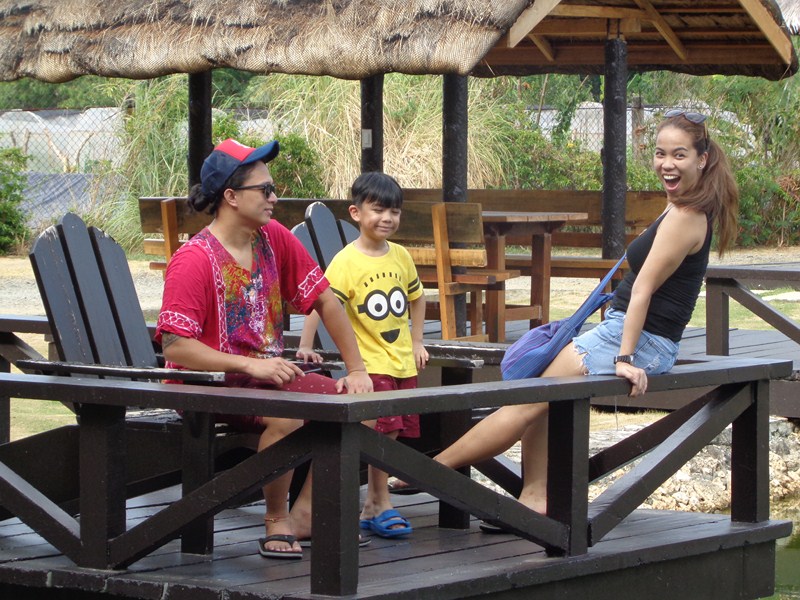
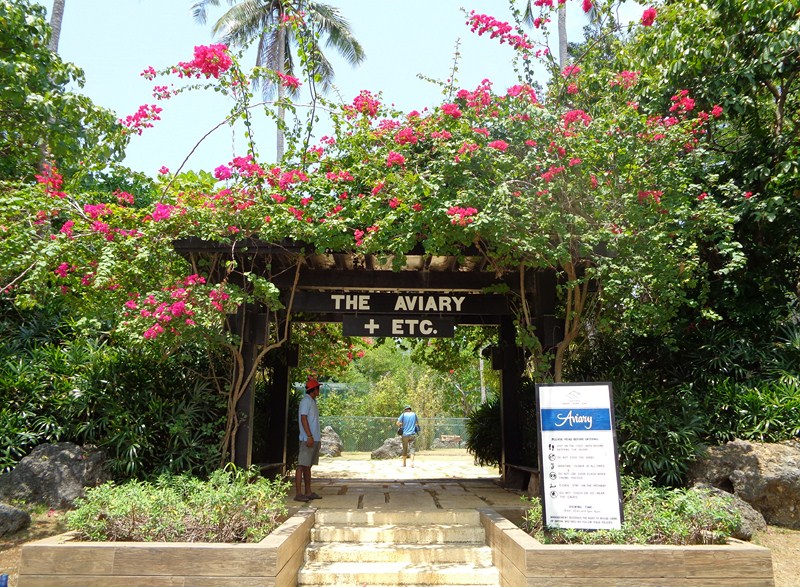
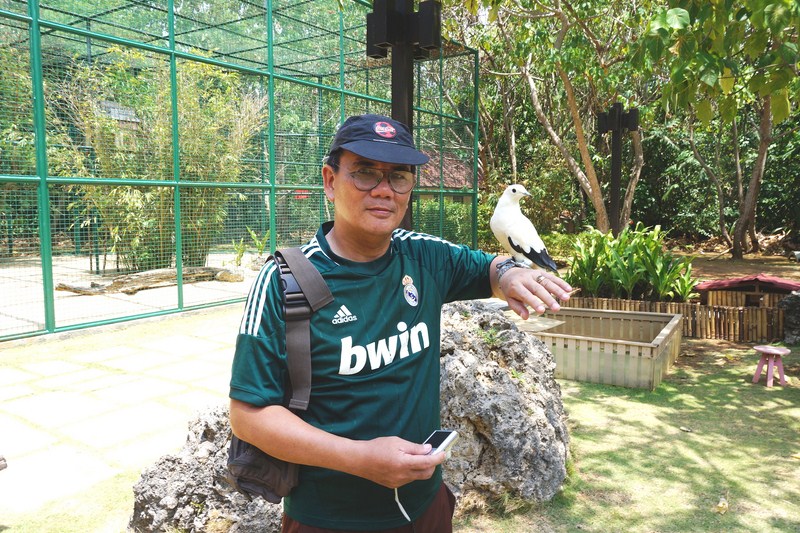
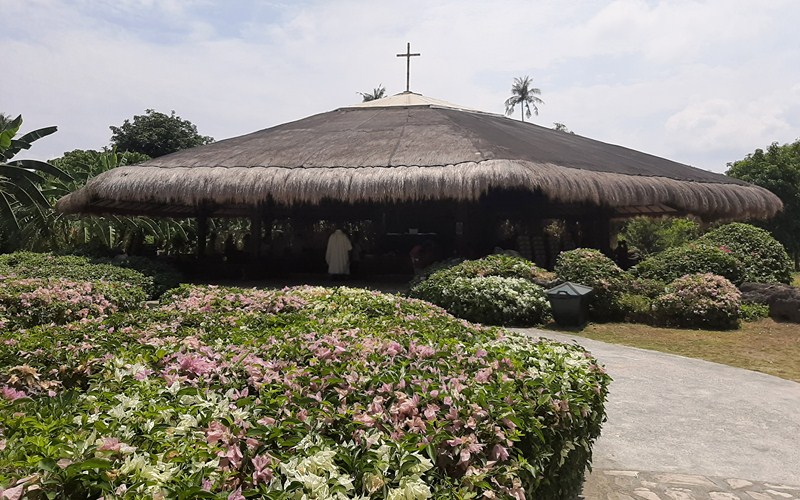
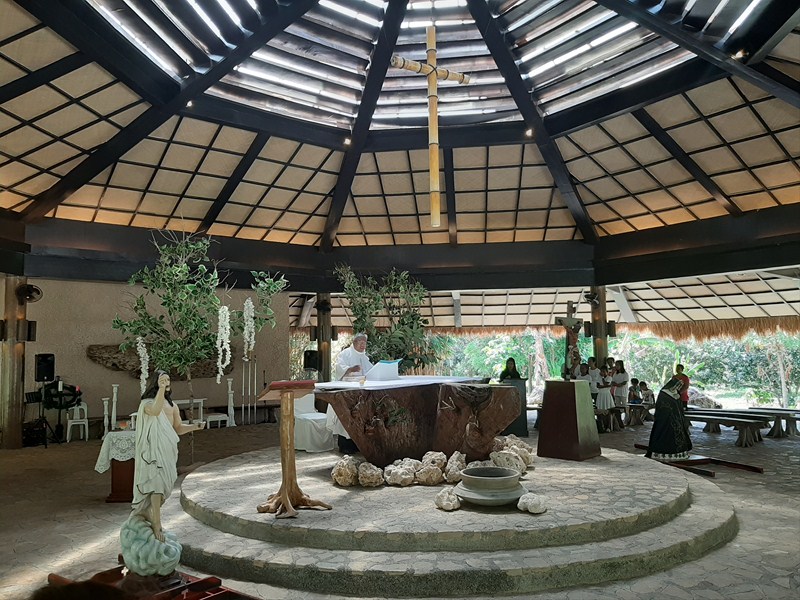


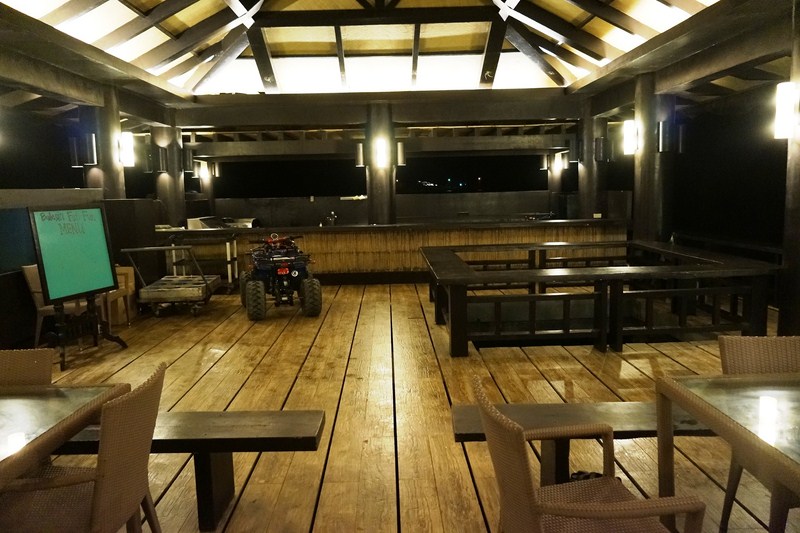
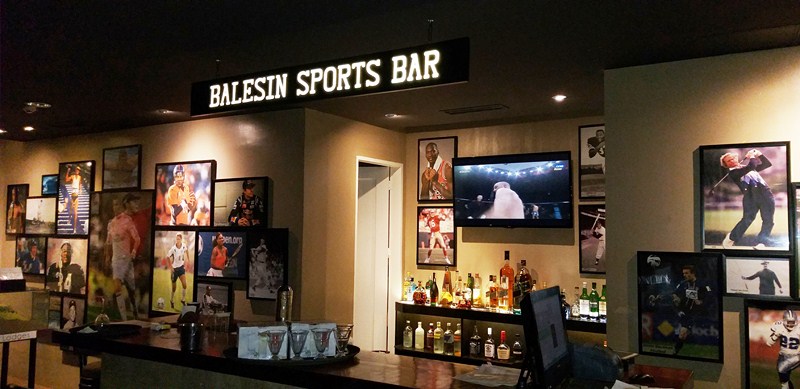
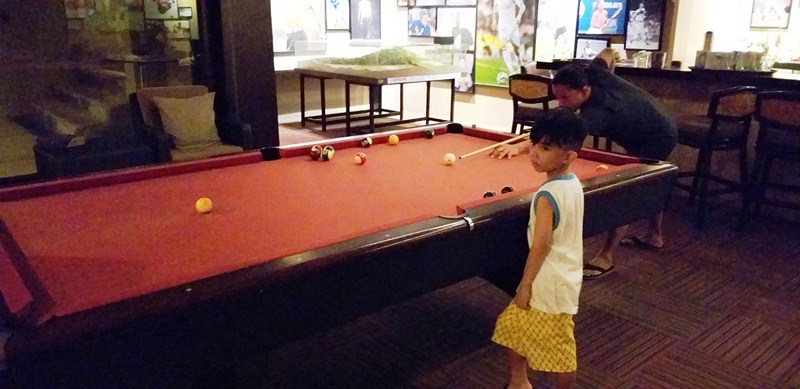
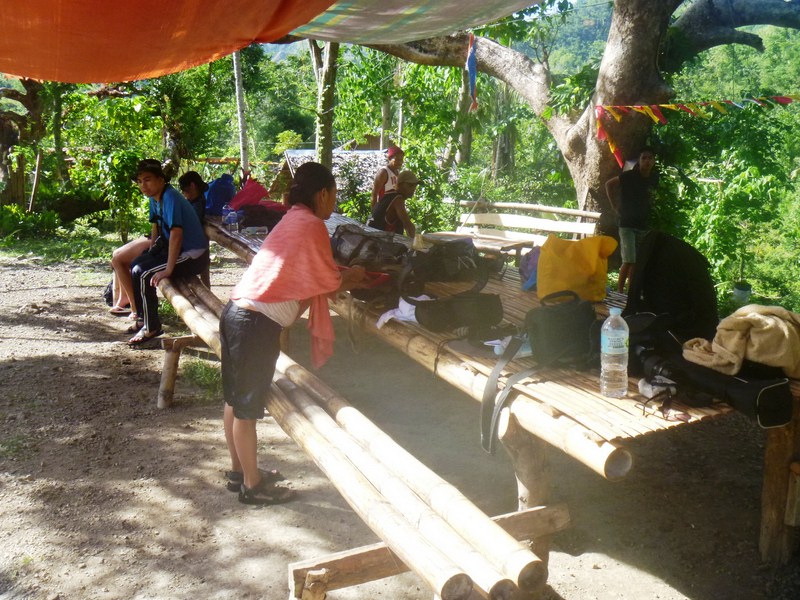
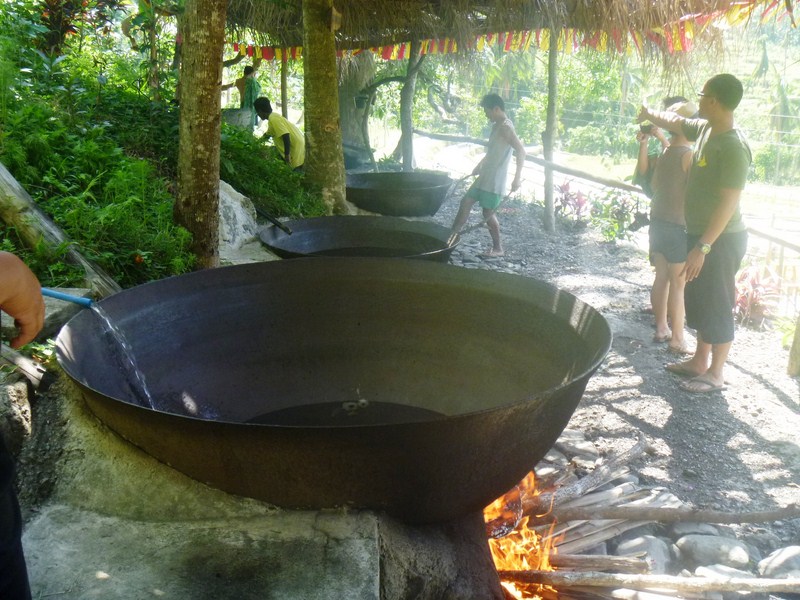
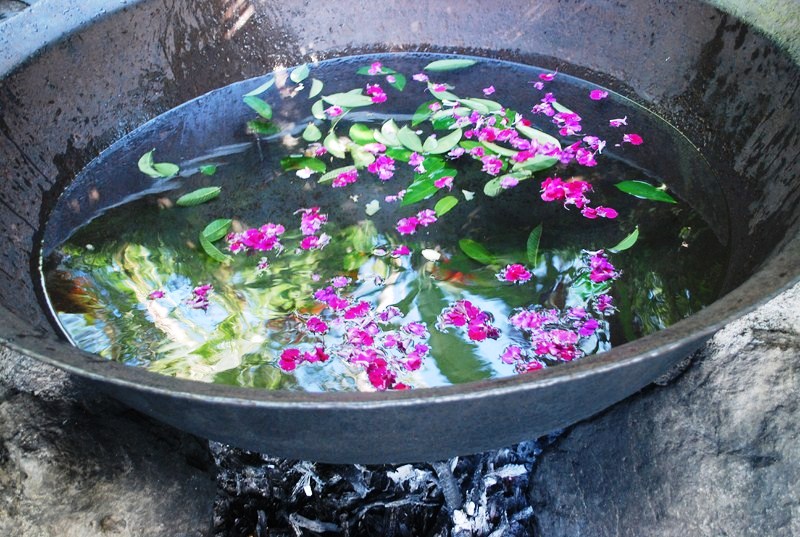
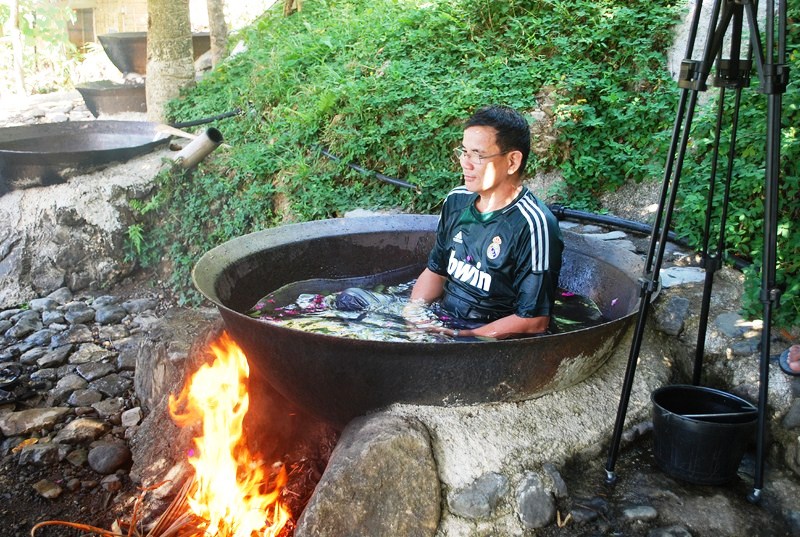
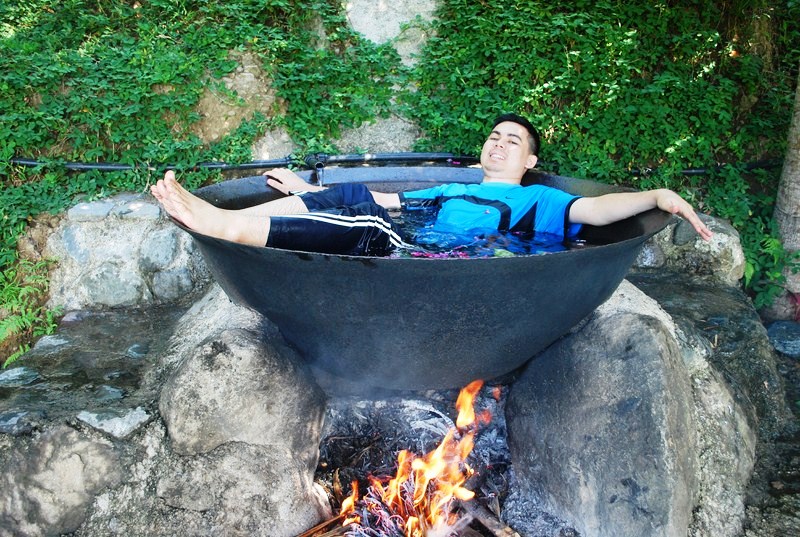
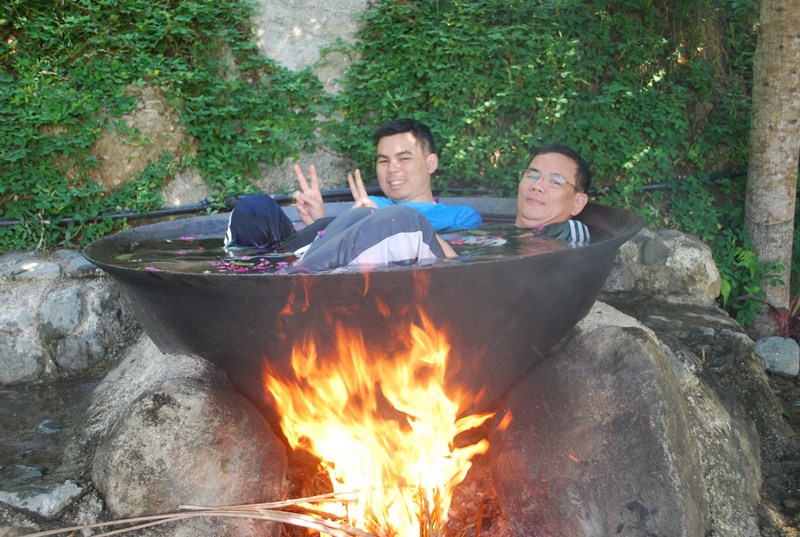
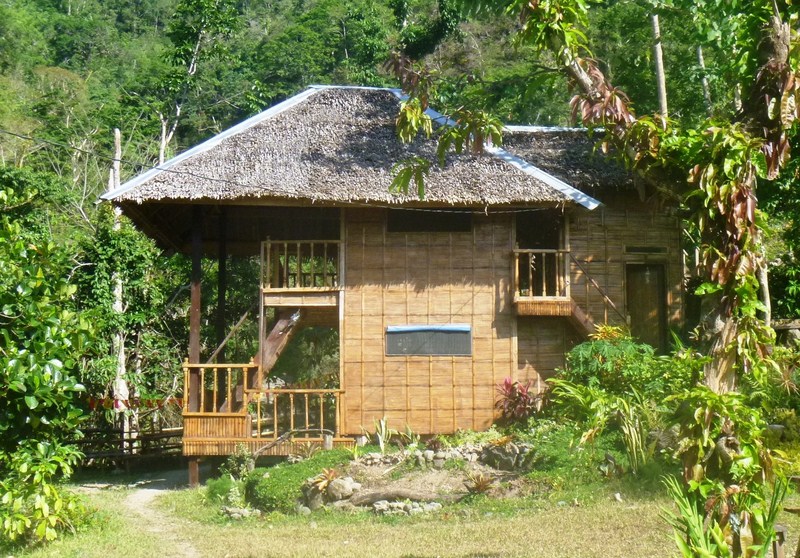
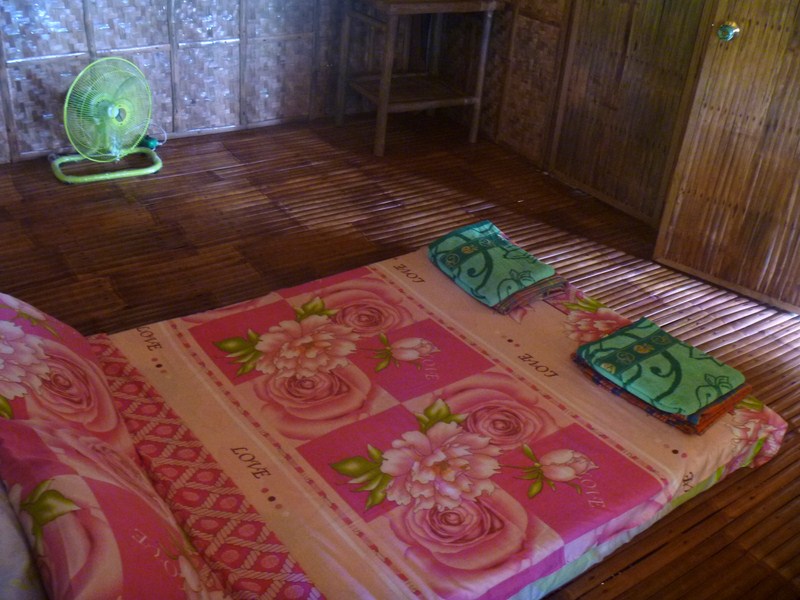
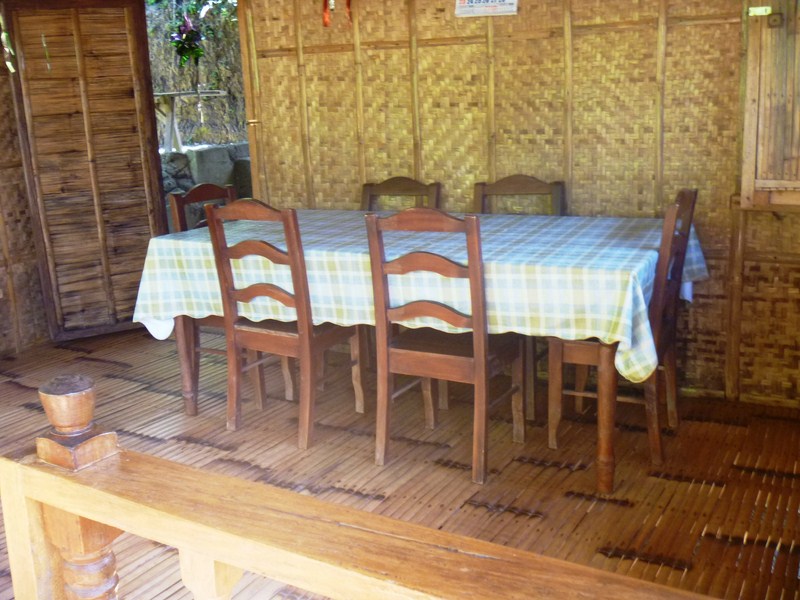
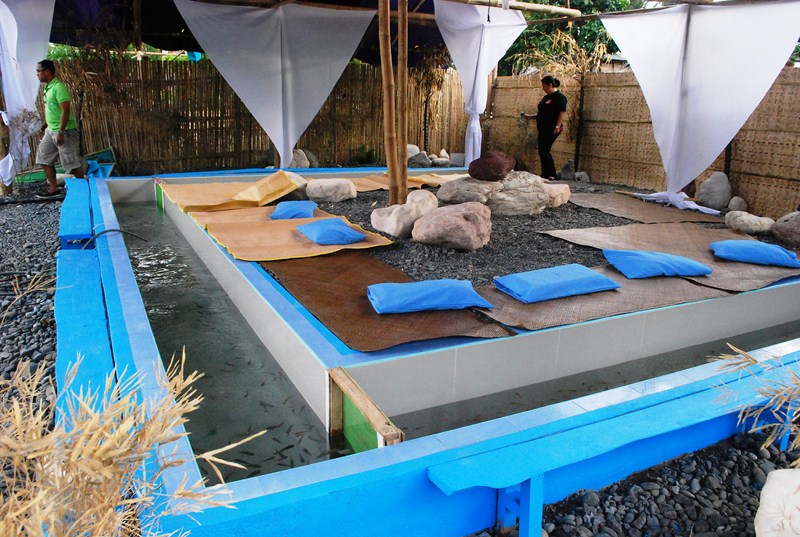
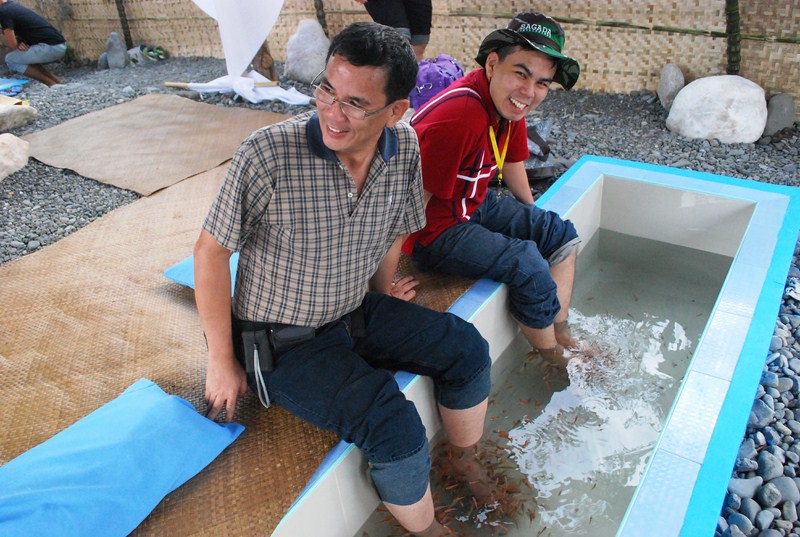
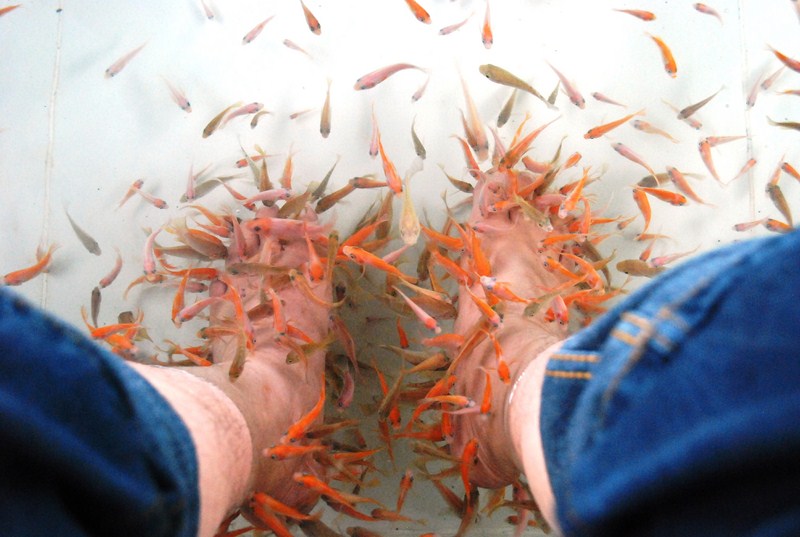
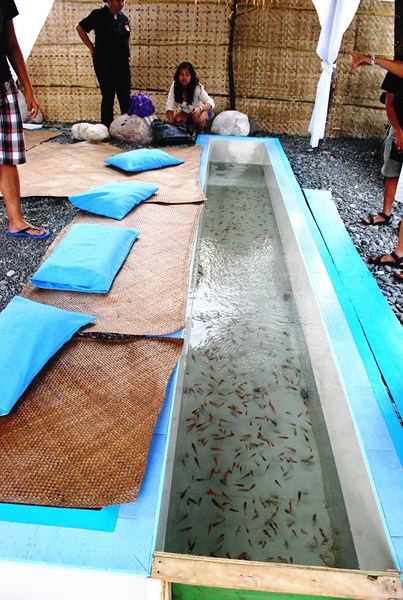
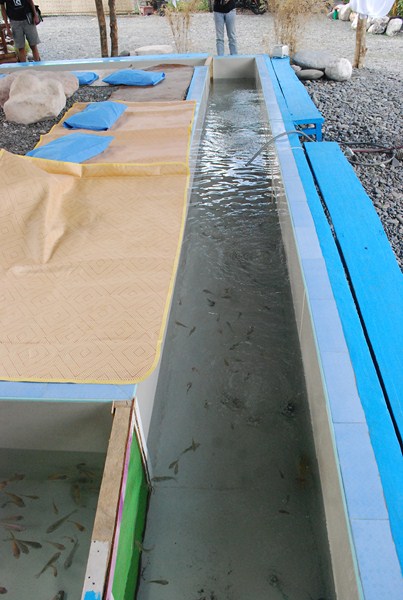
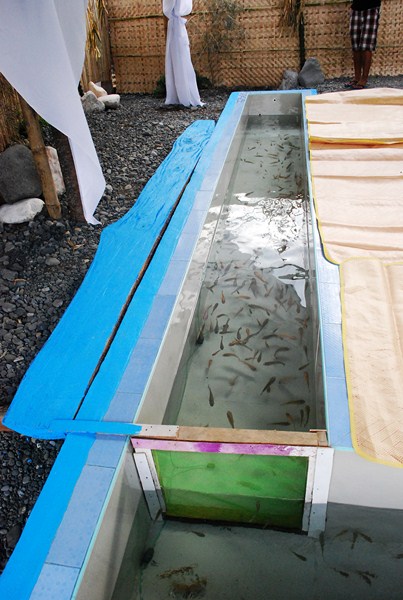
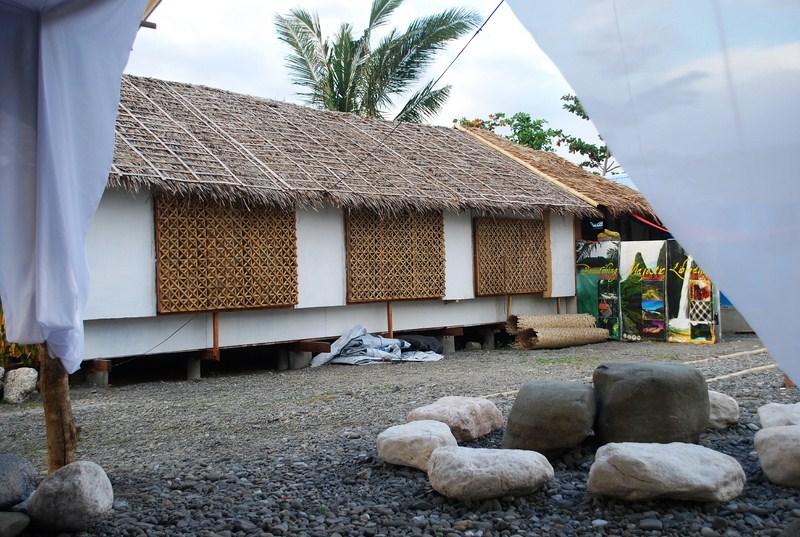
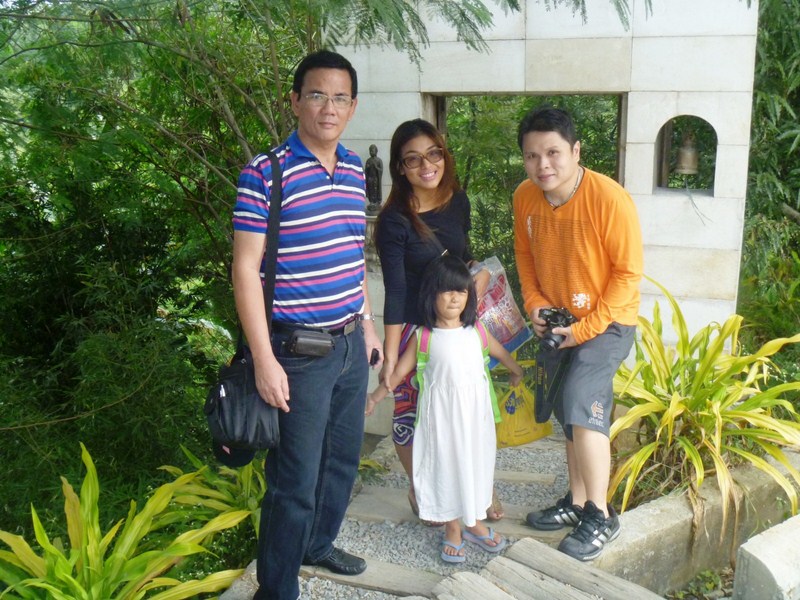
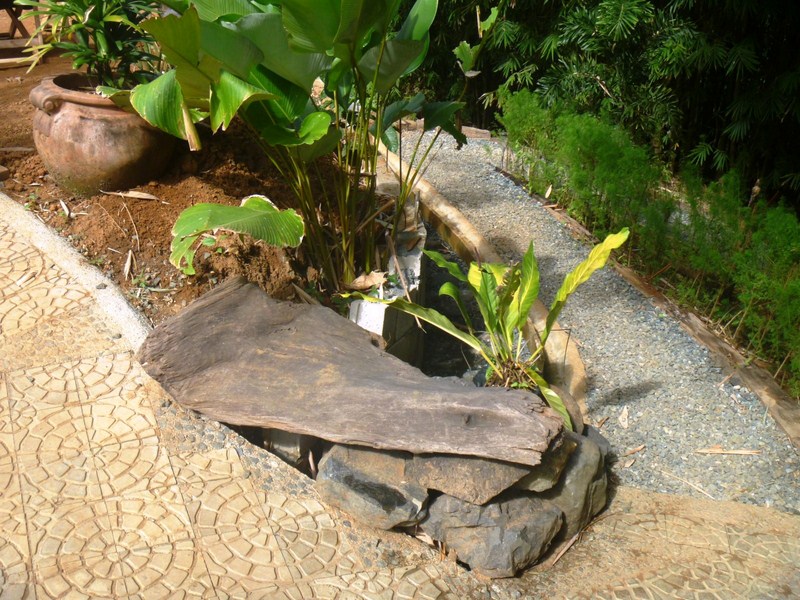
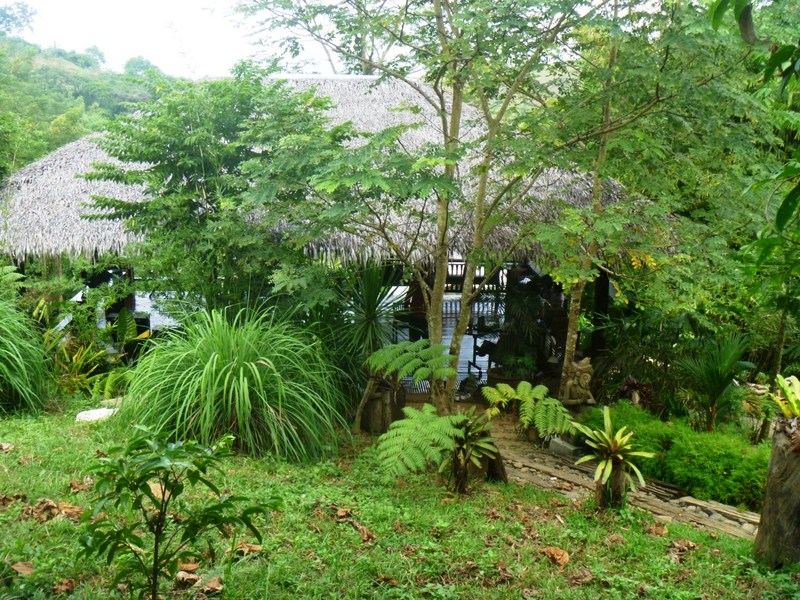

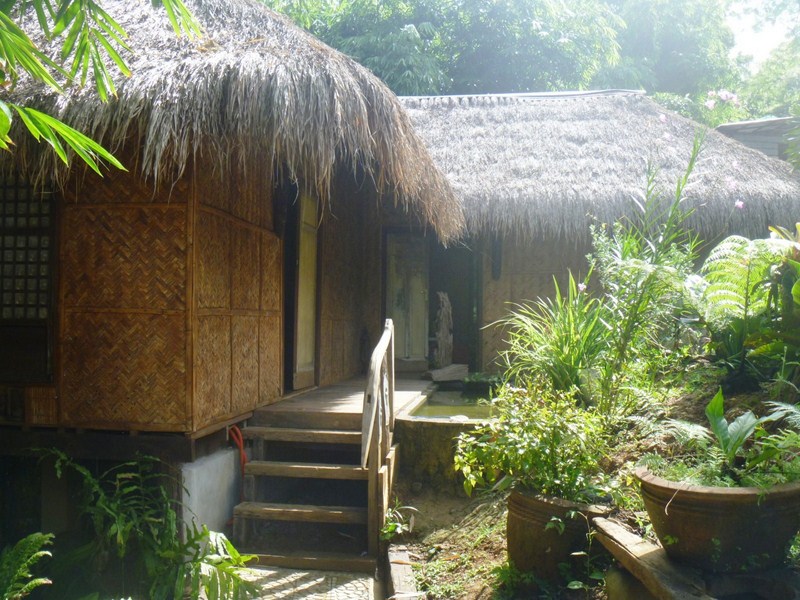
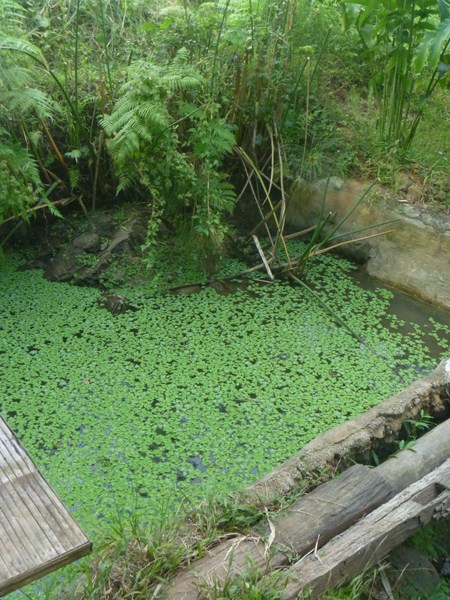
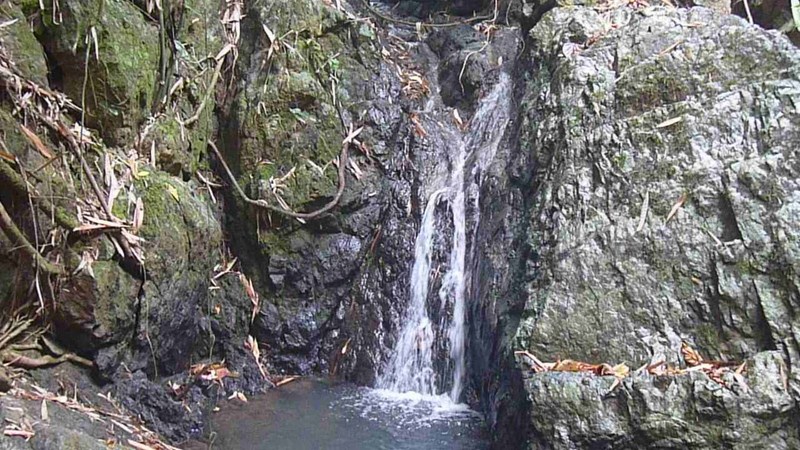

.jpg)
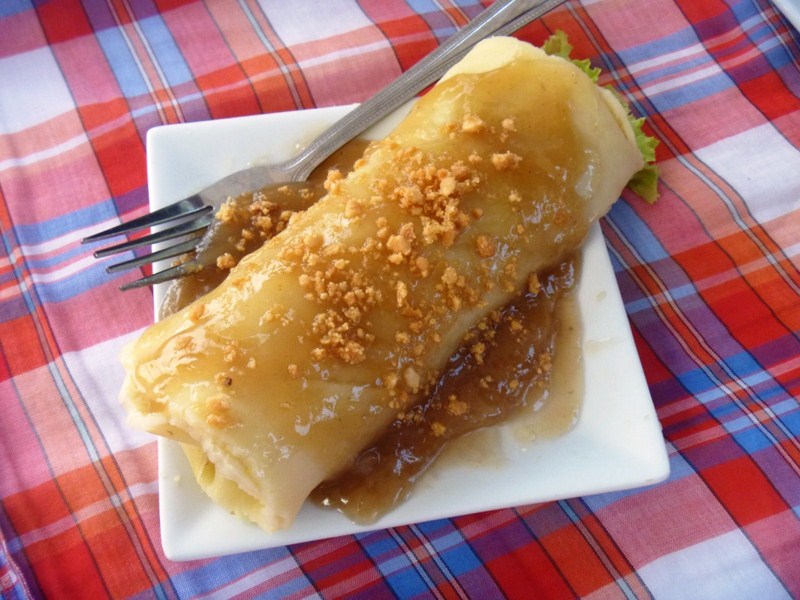



.jpg)

.jpg)
.jpg)
.jpg)



